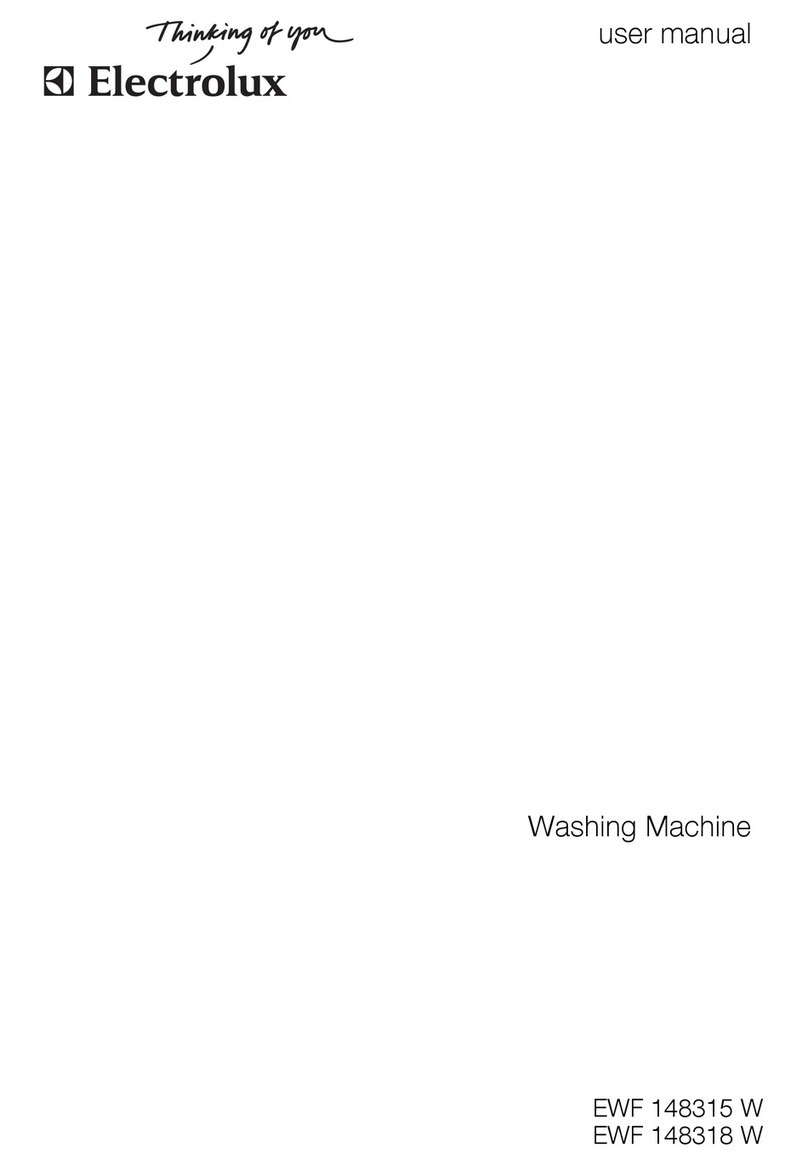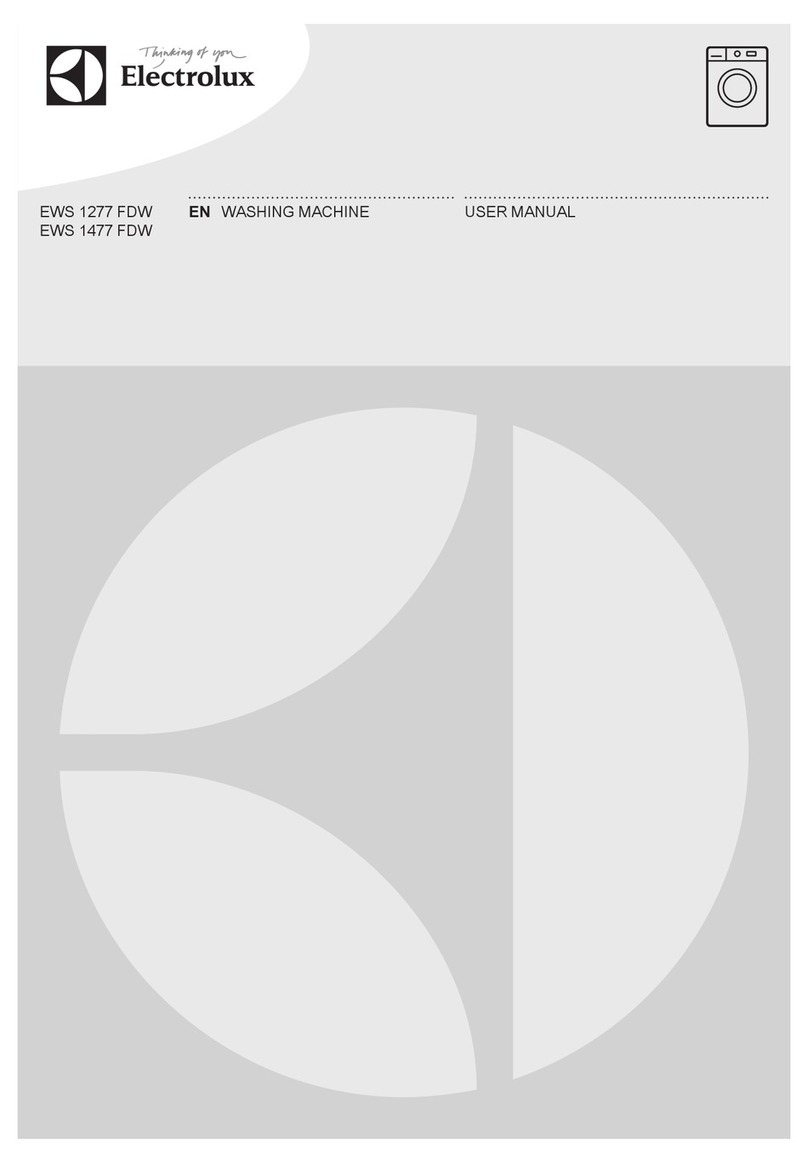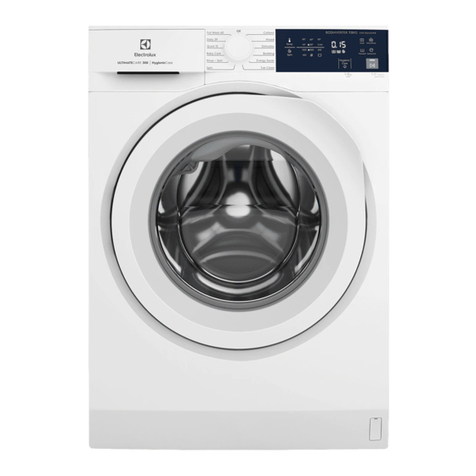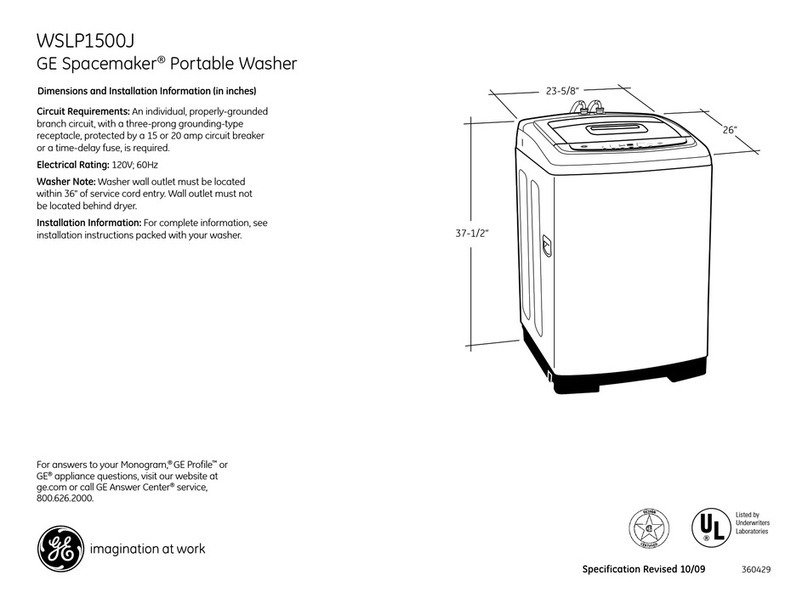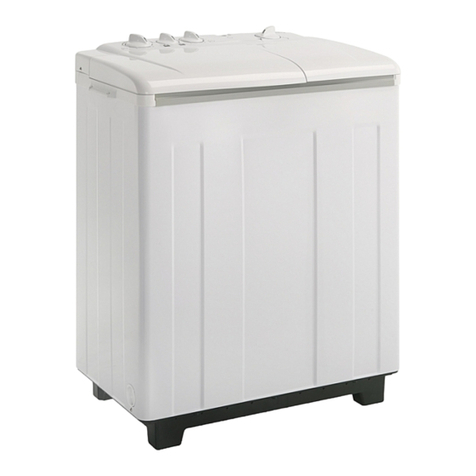Electrolux EW 1026F User manual
Other Electrolux Washer manuals
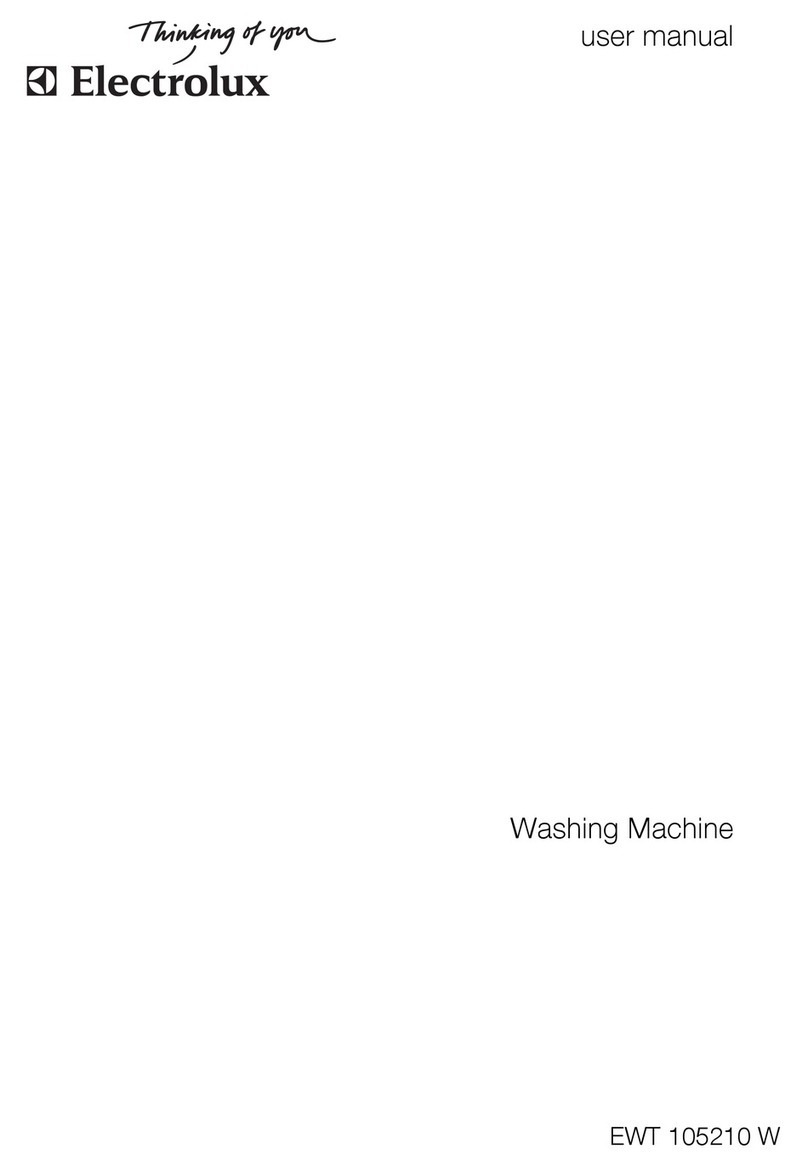
Electrolux
Electrolux EWT 105210 W User manual

Electrolux
Electrolux EWF10744 User manual
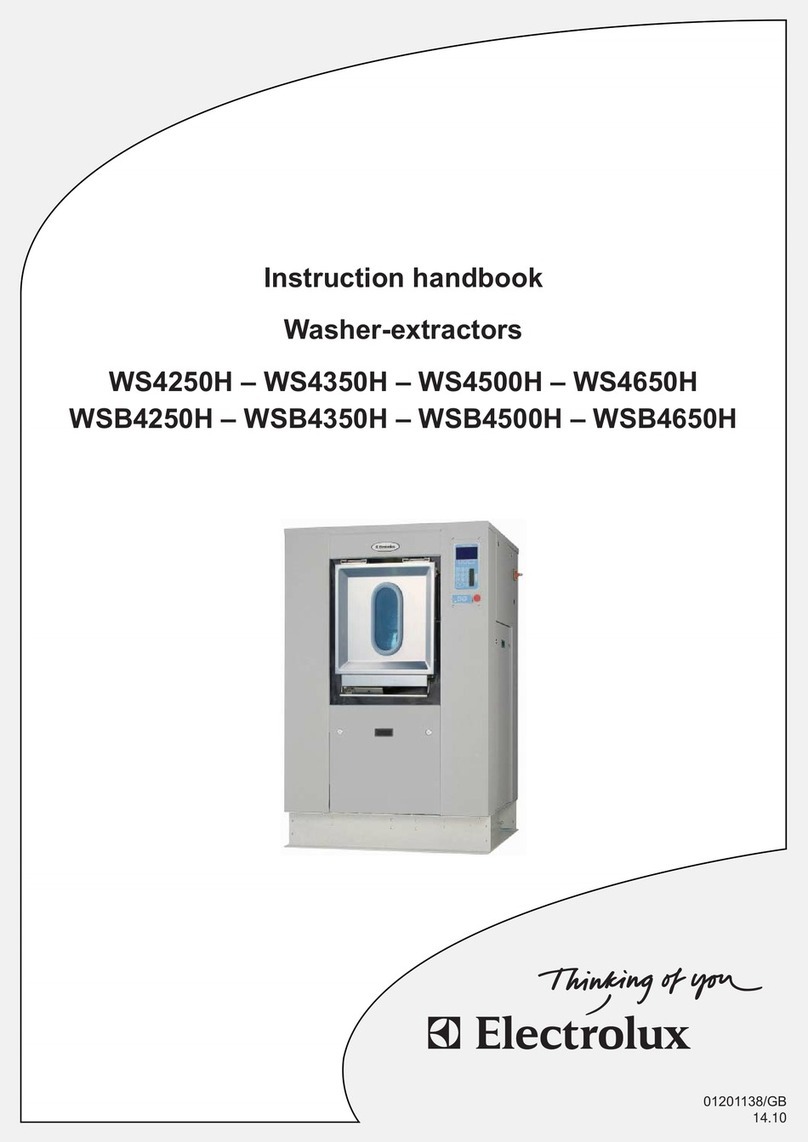
Electrolux
Electrolux Washer-extractors WS4250H Manual

Electrolux
Electrolux W455H User manual

Electrolux
Electrolux EWT9074N5SA User manual
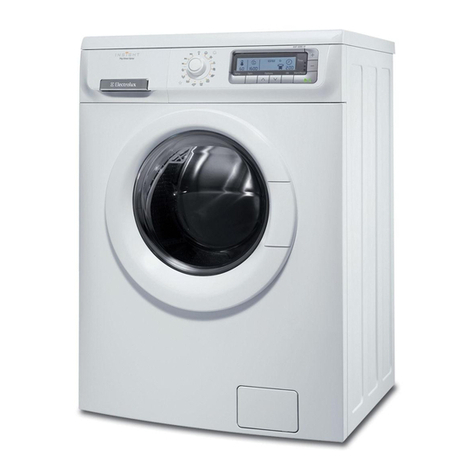
Electrolux
Electrolux EWF 12981 W User manual
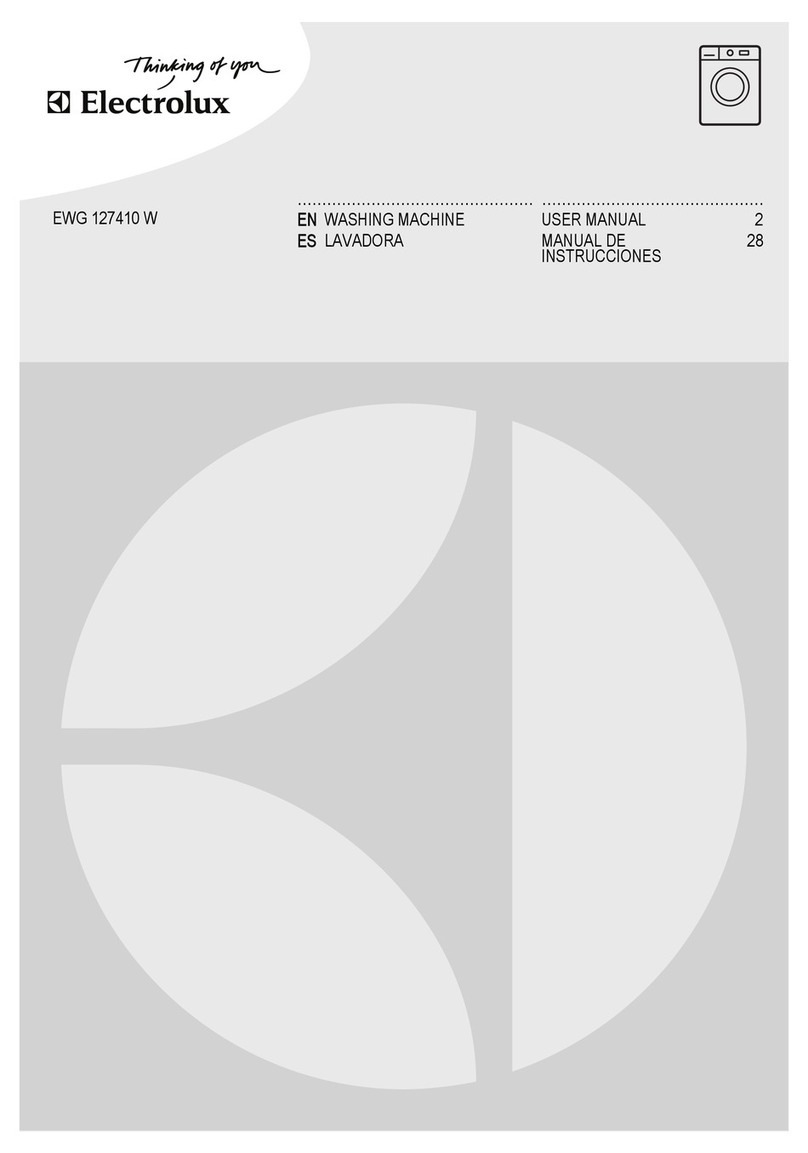
Electrolux
Electrolux EWG 127410 W User manual

Electrolux
Electrolux WAGL4E300 User manual
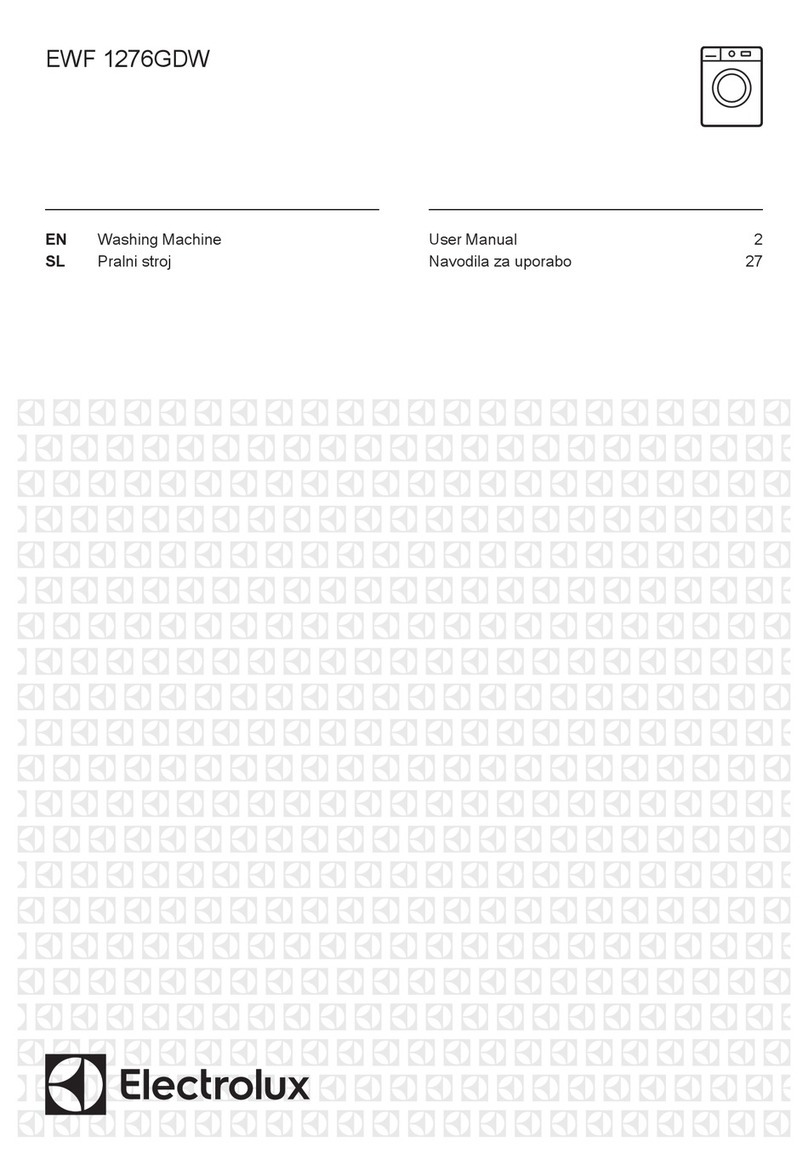
Electrolux
Electrolux EWF 1276GDW User manual
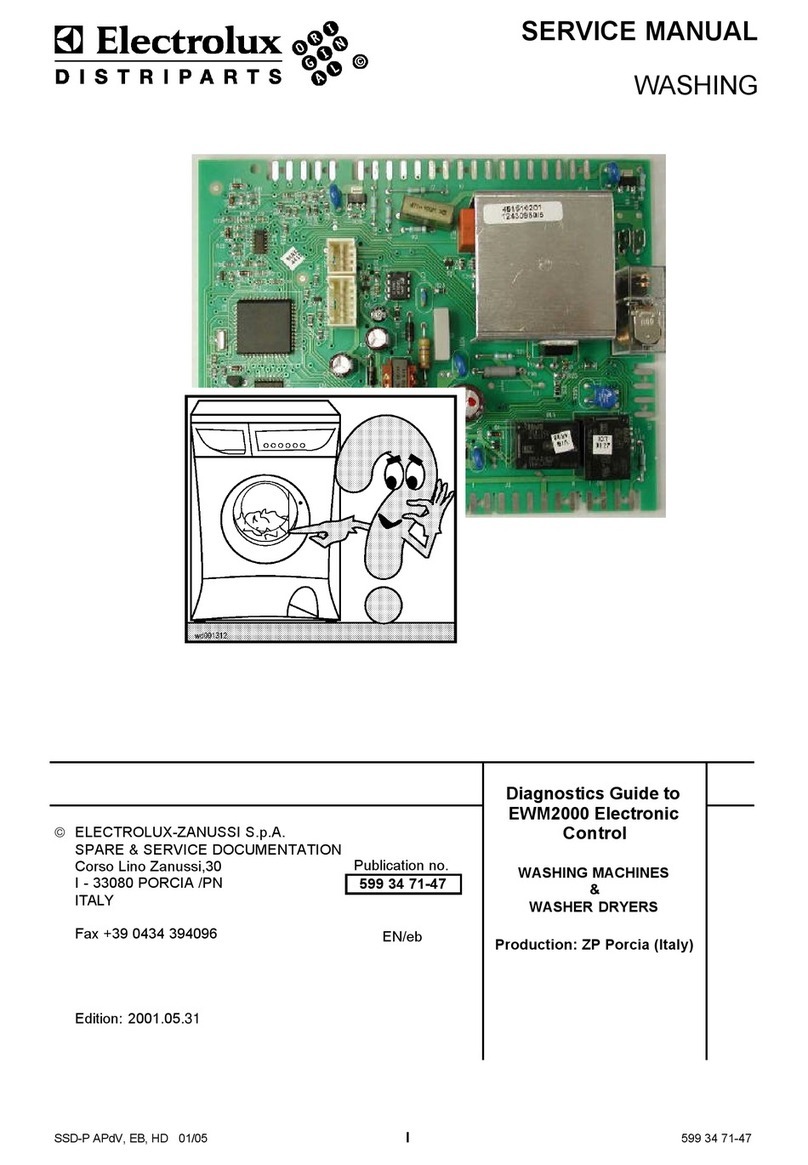
Electrolux
Electrolux washing machine User manual

Electrolux
Electrolux EWF 12580 W User manual
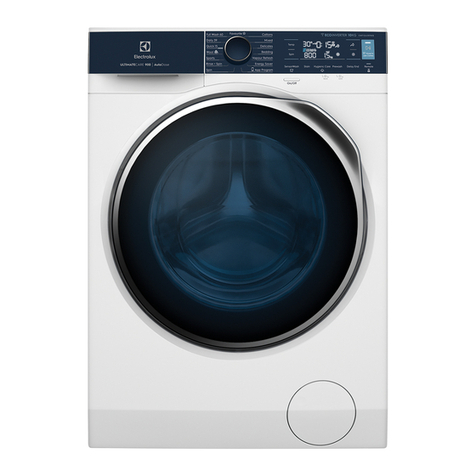
Electrolux
Electrolux EWF1041R9WB User manual

Electrolux
Electrolux EWF 1499 User manual

Electrolux
Electrolux EWF 1274EOW User manual

Electrolux
Electrolux EW6F6449Q4 User manual

Electrolux
Electrolux EWT 136551 W User manual
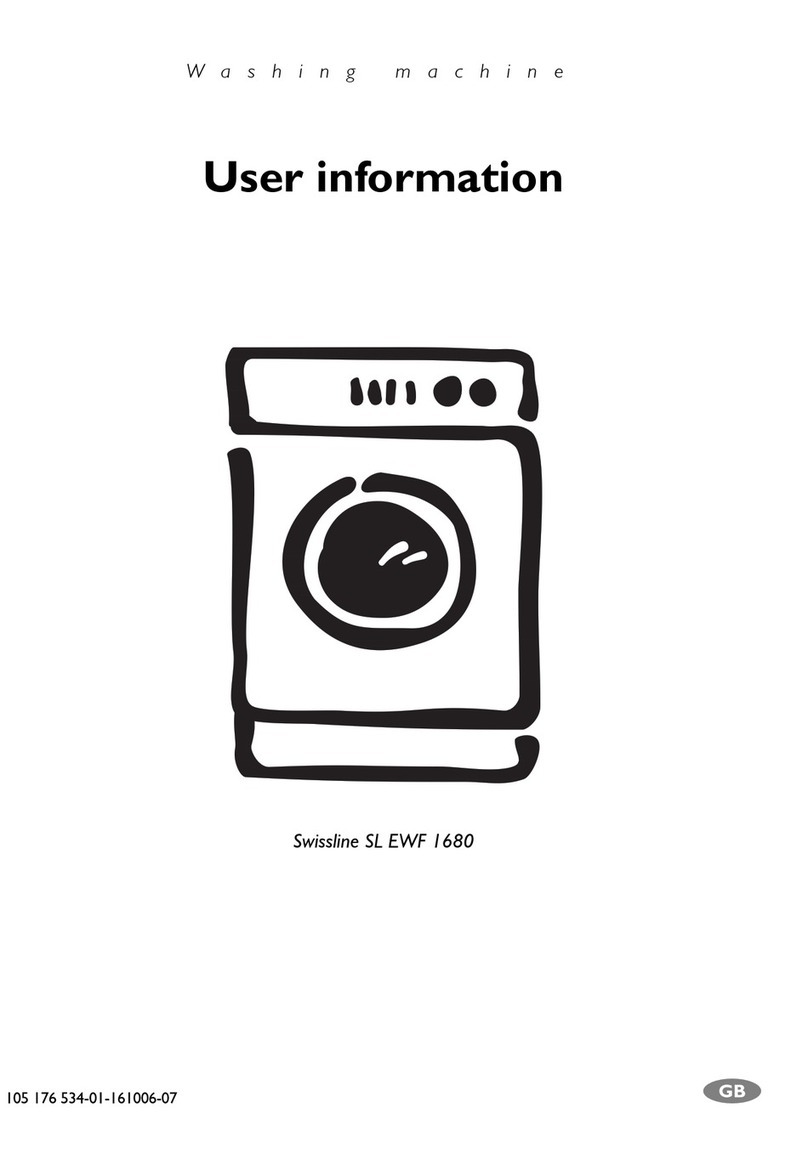
Electrolux
Electrolux Swissline SL EWF 1680 Operation manual
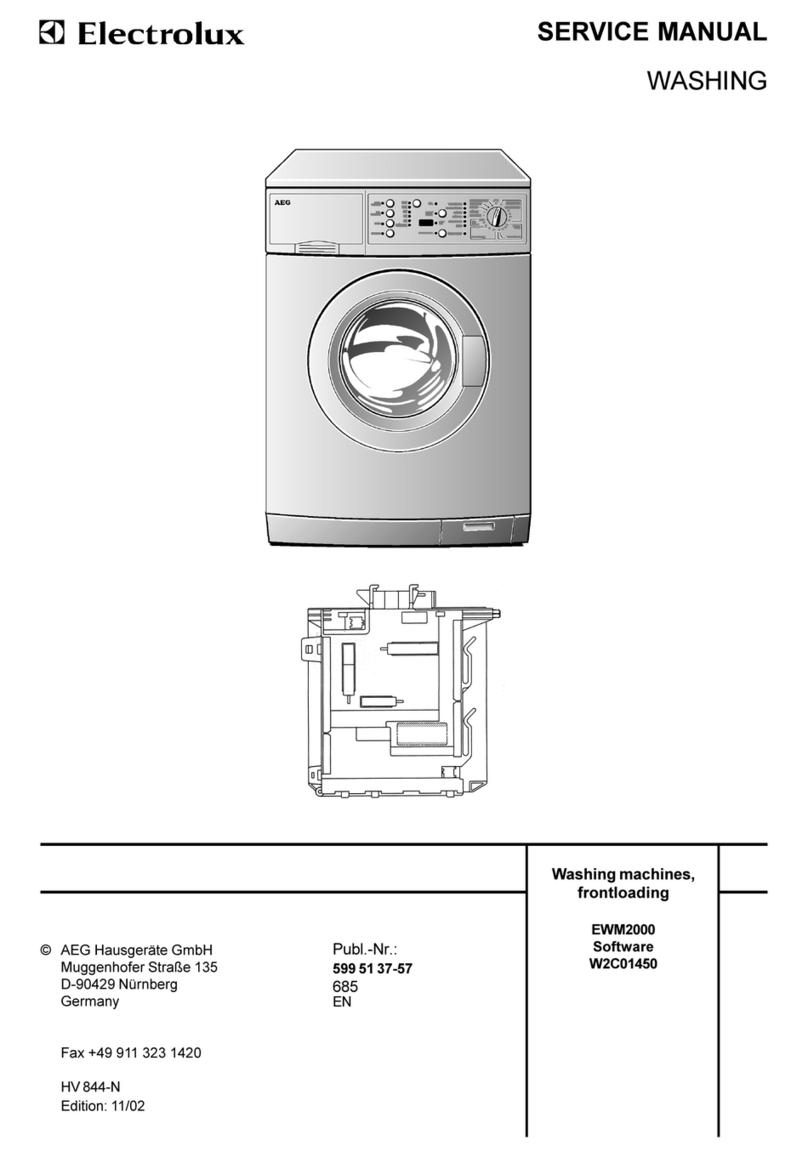
Electrolux
Electrolux EWM2000 User manual

Electrolux
Electrolux EW 866 T User manual

Electrolux
Electrolux EW6T5621AI User manual

